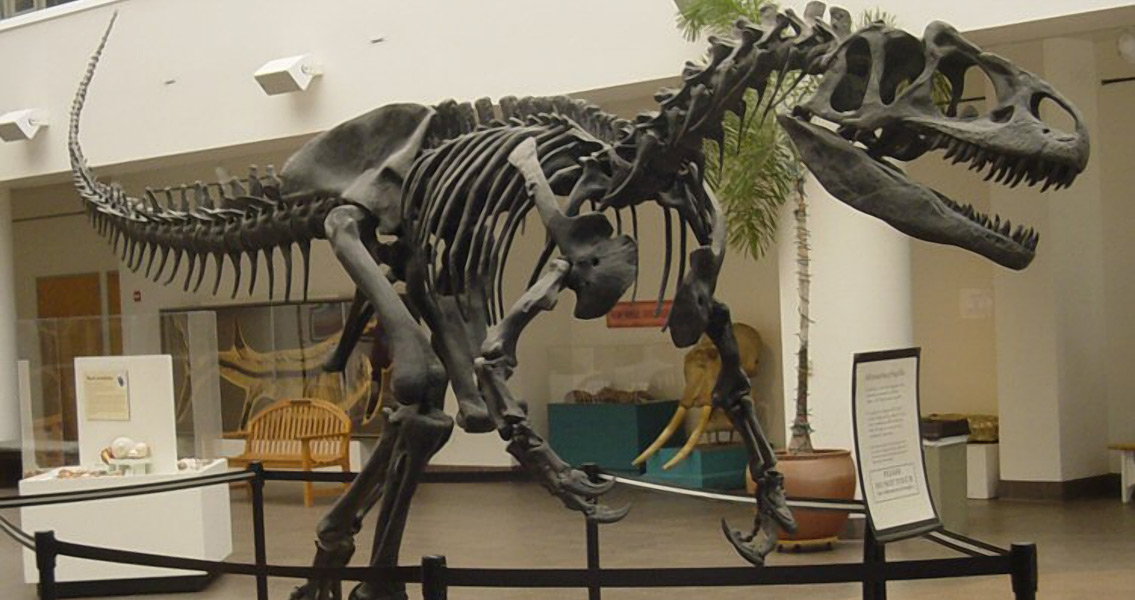<![CDATA[After the extinction of non-avian dinosaurs 66 million years ago our earliest ancestors evolved significantly faster, in fact, recently published research shows that the evolution of placental mammals, a group which includes humans as well as 5,000 other species, evolved three times more quickly in the 10 million years following the mass extinction of the dinosaurs than in the 80 million years prior. Researchers from University College London (UCL) found that the rate of evolution in this group was close to constant prior to the extinction event but exploded afterwards, resulting in the various groups of mammals living today. Dr. Thomas Halliday, the lead researcher from UCL Genetics, Evolution & Environment, said in a statement from the university, "Our ancestors — the early placental mammals - benefited from the extinction of non-avian dinosaurs and dwindling numbers of competing groups of mammals. Once the pressure was off, placental mammals suddenly evolved rapidly into new forms”, adding, "In particular, we found a group called Laurasiatheria quickly increased their body size and ecological diversity, setting them on a path that would result in a modern group containing mammals as diverse as bats, cats, rhinos, whales, cows, pangolins, shrews and hedgehogs." The team discovered the last ancestor common to every placental mammal lived during the late Cretaceous Period, around three million years before the extinction event, a date 20 million years earlier than previously suggested by studies which assumed a near-constant evolutionary rate. For this study, researchers analyzed the fossils dating from the Cretaceous period to present day, using the dates that occurred in the fossil record to approximate the timing of deviations, all of which was based on the recently updated tree of life. This same team was responsible for the new tree, which was released in 2015 and boasts the greatest representation of Paleocene period mammals yet. By measuring all of the small changes in the teeth and bones of 904 individual placental fossils and mapping the anatomical differences among species on the tree of life, and then measuring the number of changes for each branch over time, the UCL team were able to determine the average rate placental mammals evolved both prior to and after the extinction event. By comparing these rates of evolution across the geological stages before and after, they could determine the impact of the extinction event itself. Professor Anjali Goswami with UCL Genetics, Evolution & Environment and UCL Earth Sciences, the study’s senior author, is quoted in Phys Org as saying, “Our findings refute those of other studies which overlooked the fossils of placental mammals present around the last mass extinction. Using rigorous methods, we’ve successfully tracked the evolution of early placental mammals and reconstructed how it changed over time. While the rate differed between species, we see a clear and massive spike in the rates of evolution straight after the dinosaurs become extinct, suggesting our ancestors greatly benefitted from the demise of the dinosaurs. The huge impact of the dinosaur extinction on the evolution of our ancestors really shows how important this event was in shaping the modern world.” The study was funded by the Natural Environment Research Council and published in Proceedings of the Royal Society. ]]>
With the Dinosaurs Gone the Speed of Human Evolution Tripled
